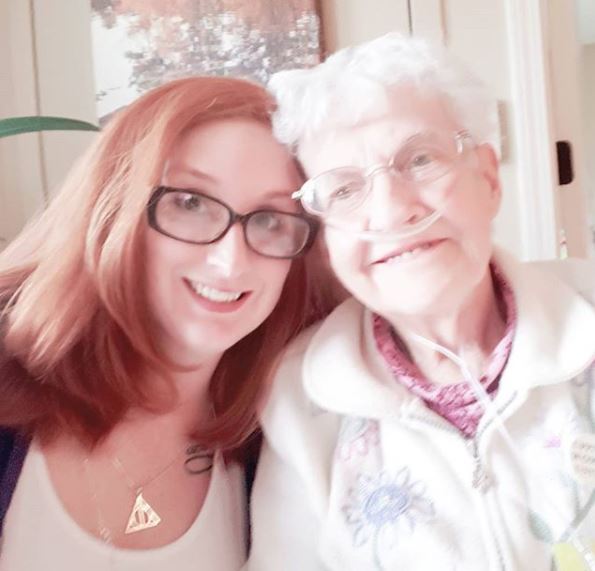I apologize for disappearing for a bit, it has been a crazy and stressful couple weeks for me. But, finally…I have a new job! I’ll be starting next Monday, and I’m so excited. Anyways…to the buttons!
As the May 12th deadline to recertify the Iran nuclear deal looms and Trump threatens to pull out of it completely, it seems like a good time to look at the history of the nuclear containment movement.
The National Committee for a Sane Nuclear Policy (more commonly known as SANE) was founded in 1957 by Norman Cousins and Clarence Pickett. Cousins was the managing editor of the New York Evening Post (now the New York Post) and editor-in-chief of the Saturday Review of Literature (later renamed the Saturday Review.) He was a prolific writer and researcher, and won many awards for his advocacy work for world peace. He also said some pretty misogynistic things about women, particularly in the workforce, but we’re talking nuclear bombs so we’ll have to set that aside for the moment. Pickett was executive secretary of the American Friends Service Committee, a professor, and a pastor. The organization won a Nobel Prize in 1947 for their work towards peace and social justice around the world.
SANE joined with a lot of big names such as Eleanor Roosevelt and Martin Luther King Jr. and brought the issue to the public through newspaper ads and rallies. Similar movements were occurring in other countries, and in October 1958, the U.S., Soviet, and British governments agreed to halt nuclear testing as negotiations of a treaty were underway. When John F. Kennedy became president, he sent Norman Cousins into talks with Soviet Premier Nikita Khrushchev. These discussions eventually led to the to the Partial Test Ban Treaty of 1963.
In November 1965, SANE led a huge antiwar demonstration against the Vietnam War and sponsored the candidacy of Senator Eugene McCarthy in 1968 to prevent President Johnson from seeking a second term. Pressure from the group on the Nixon administration played a part on bring the war to an eventual end.
In 1979, a similar organization called the Nuclear Weapons Freeze Campaign (aka Freeze) was formed by Dr. Randy Forsberg. This woman was, from what I can see, a total badass and very ahead of her time, so I’m just going to wrap up the history of this movement and then do a little spotlight of her later when I can really dig in. So, Freeze hit the ground running, and on June 12, 1982, held the biggest political rally in American history to date, with almost one million in attendance. In the fall of 1982, referenda appeared on ballets across the country calling for a freeze to testing, development, and deployment of nuclear weapons; overall, they passed with 60% of the votes.
This public pressure caused the Reagan administration to change it’s public position on the issue, and the President eventually admitted, “a nuclear war cannot be won and must never be fought.” SANE and Freeze also had an impact on Mikhail Gorbachev, who took time to meet with the groups upon becoming Soviet party secretary in 1985. These efforts led to the INF Treaty of 1987 and opened the door for the end of the Cold War.
SANE and Freeze merged in 1987, and became Peace Action in 1993, which still exists today. They still focus on nuclear disarmament, and also use their resources to reduce military spending, stop U.S.-backed wars in Central America, and end apartheid in South Africa (but I have different buttons for those!)
According their website, “Today, Peace Action continues its important work to build a safer, saner, and more peaceful world,” which sounds like something we could desperately use since as I was writing this, Trump announced that he would be pulling America out of the Iran nuclear deal which is not safer, saner, or more peaceful for anyone.








 (Permission to use with credit to
(Permission to use with credit to 






